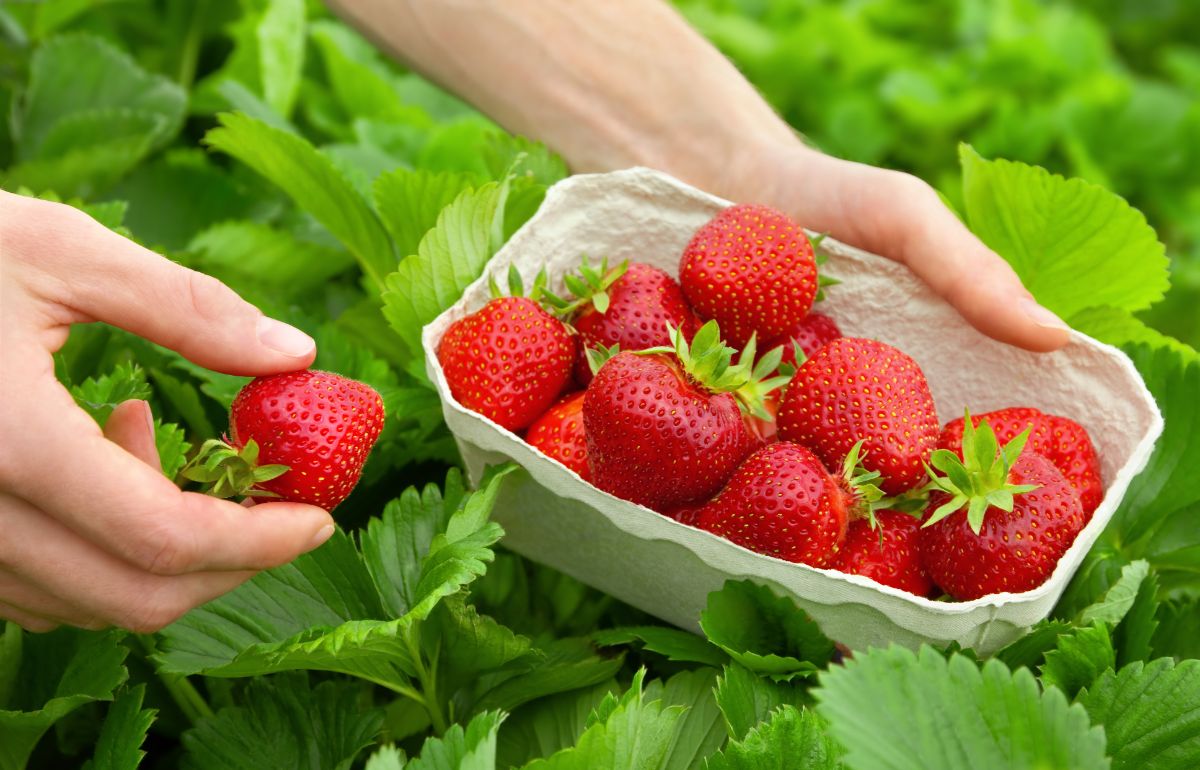
The Quinault strawberry was developed at Washington State University to produce 2 crops of large, sweet berries each year. What is so special about this everbearing strawberry variety? Should you grow it in your home strawberry garden?
Jump to:
Quinault Strawberry Characteristics
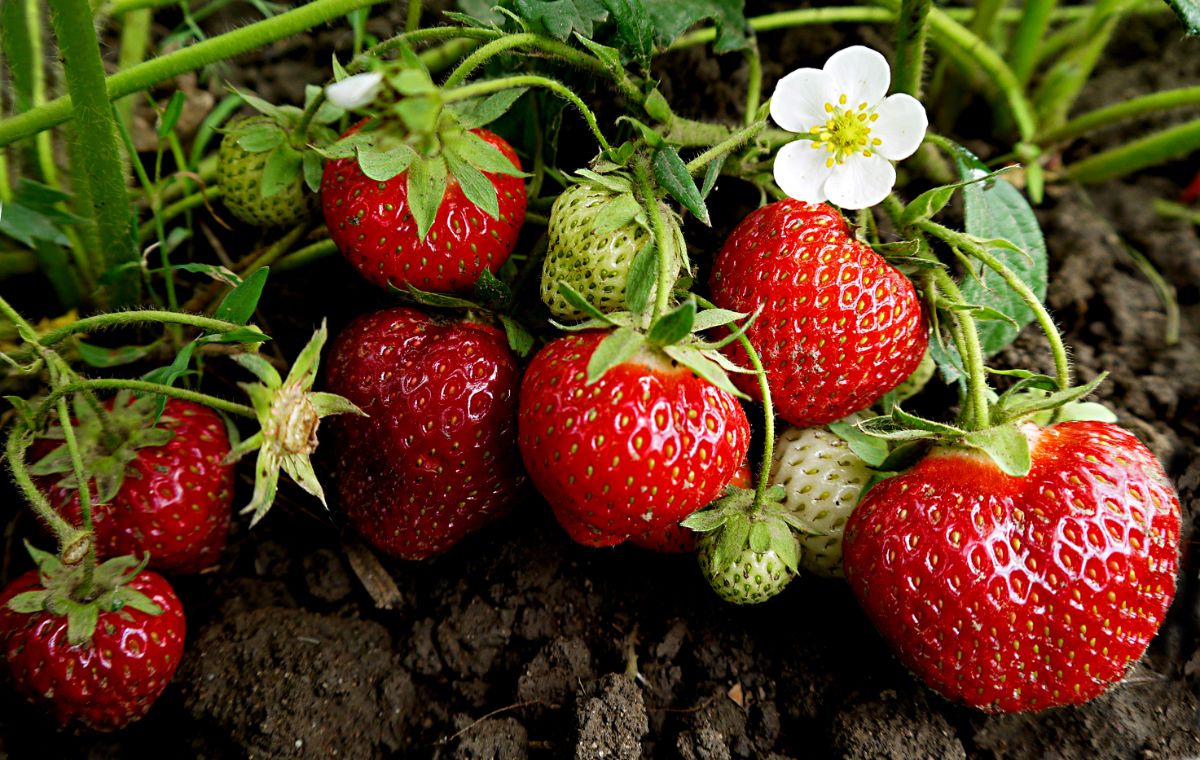
Quinault strawberries are heart-shaped and beautiful deep red. They can grow up to 2 inches in diameter, which is quite large for a strawberry!
These large, soft, and sweet berries are best for fresh eating, cooking, or baking. Strawberry lovers who grow this variety themselves agree they have a consistently good flavor regardless of size. The flesh is pleasantly soft but not at all mushy.
Because they have more soft flesh than other varieties, they are not good for freezing or commercial growing. Try making jams or jellies to preserve them if you can resist eating them all right away.
Where to Buy Quinault Strawberries
At the beginning of strawberry season, Quinault strawberries are readily available for purchase in local nurseries and online as live plants or bare root crowns. Seeds can be purchased year-round. Where ever you buy your strawberry plants, check that they are certified disease-free to save yourself possible heartache later.
[amazon box=”B07HYVYXBQ,B01A7MH4WC”]
Buy seeds here.
Plant Characteristics
Quinault strawberry plants are everbearing. That means they produce one large crop in late spring or early summer and a second, slightly smaller crop in fall. Under ideal conditions, your plants can even produce a third crop.
Unlike most everbearing varieties, they produce vigorous runners. Some have noted that their Quinault strawberry plants are producing runners but not fruit. Normally its recommended to trim the runners to encourage berry production. Don’t trim the runners off of this variety though! The unrooted runners will produce loads of large, sweet berries if left to their own devices.
Everbearing varieties like Quinault are ideal for growing in pots. They are average in size, growing 8-10 inches tall and 18-24 inches wide and drape pleasingly over planter edges.
Disease susceptibilities/ resistance
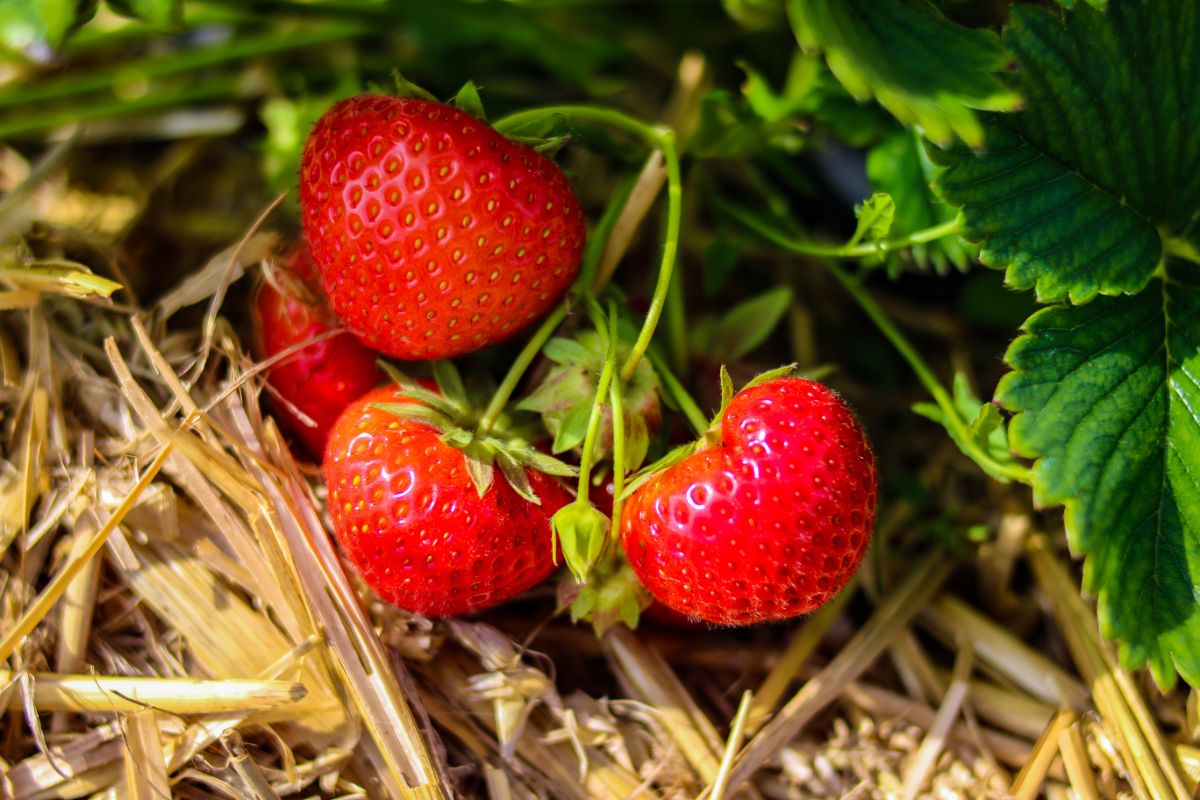
The Quinault strawberry variety is more disease resistant than other varieties. However, that doesn’t mean that they are impervious. You should take precautions against common strawberry diseases such as verticillium wilt, angular leaf spot, and anthracnose.
You are likely to enjoy a greater harvest and healthier, longer-lived plants because of their natural resistance to common diseases. Quinault strawberries are a good choice especially if you’ve had problems with diseases in your strawberry bed in the past.
How to Grow Quinault Strawberries
Quinault strawberries are easy to grow. As with all strawberry types, start by amending the soil with compost or a slow-release fertilizer. Water potted nursery plants gently and soak bare-root plants before planting in your fertilized, well-draining soil.
Choose a sunny location in your garden for your Quinault strawberry plants because they need full sun to photosynthesize and produce fruit. If you live in a hot climate, make sure they’ll receive some afternoon shade or dappled light during the summer to prevent scorching.
Provide your strawberry plants with about an inch of water each week. Do not let the soil dry out completely between watering but be careful not to overwater them either for the highest quality fruit. The soil should be moist but not soggy at all times.
Apply liquid fertilizer or compost tea to your growing plants every 2-4 weeks after flowering begins and continue until your strawberry plants begin to go dormant for winter.
Pick your ripe strawberries regularly and enjoy!
For more information visit our guide on how to grow everbearing strawberries.
Where to Grow Quinault Strawberries
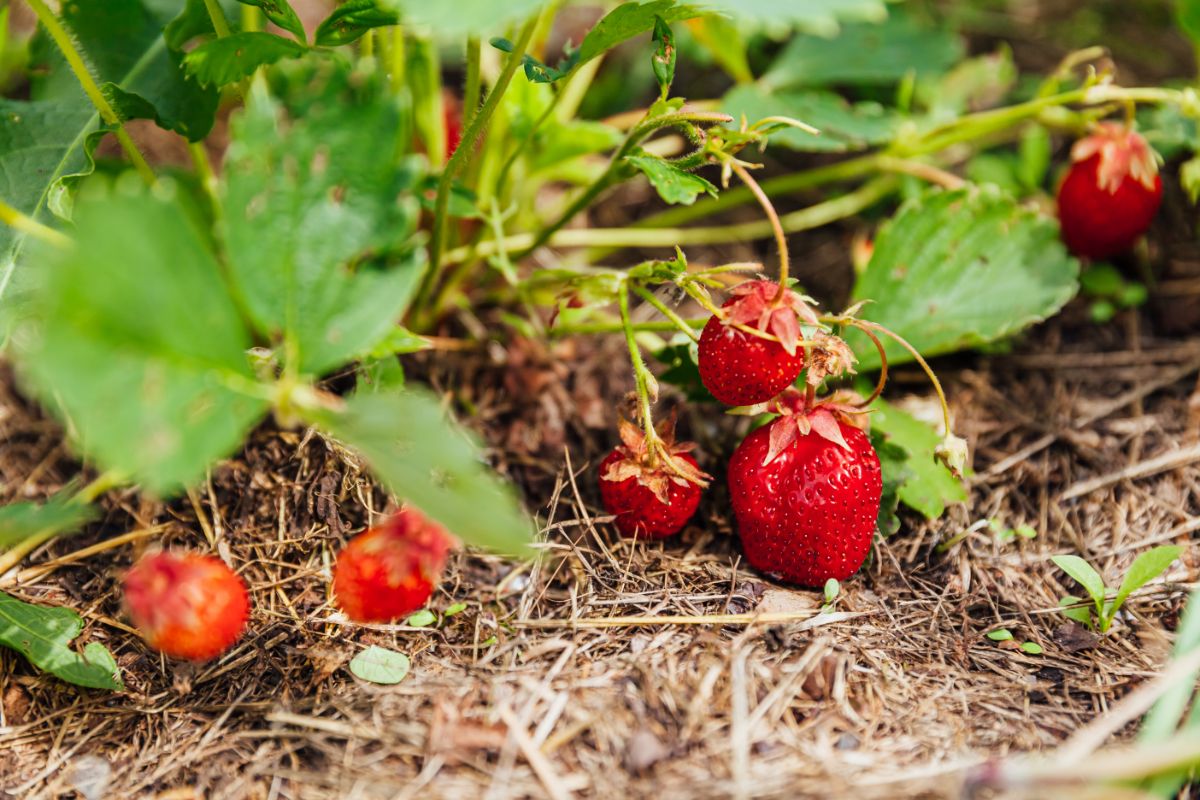
Quinault strawberries are commonly grown in Zones 4-8 but Zone 6 is ideal. They are considered evergreen in frost-free zones.
This variety is especially well-adapted to the Pacific North West and the Midwest. Researchers at Washington State University, where it was developed, report that Quinault strawberries are very cold-hardy and can be grown in Zones as cold as 3a with a little extra care.
As mentioned above, choose a location that receives at least 6 hours of sunlight. Be prepared to protect the leaves from sunburning with slight shade in very hot climates.





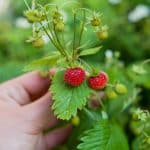

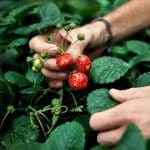

Catherine L Tuhy says
Hello, Erik,
I’m growing several varieties of strawberries for the first time this year. Your page came up when I was researching the Quinault variety. In the process your manual came up and I clicked to purchase, but it downloaded without any payment. Are you okay with this?
Mary Ward says
Yes! The manual is now free. Enjoy your free manual!
Janice Dagasso says
The links to buy the plants or seeds on Amazon don’t work
Mary Ward says
Check out the sales page for growers. You may find more there.
https://strawberryplants.org/strawberry-plants-for-sale-online/
Here are a couple more links to growers:
https://raintreenursery.com/products/quinault-strawberry
https://parkseed.com/quinalt-strawberry-plant/